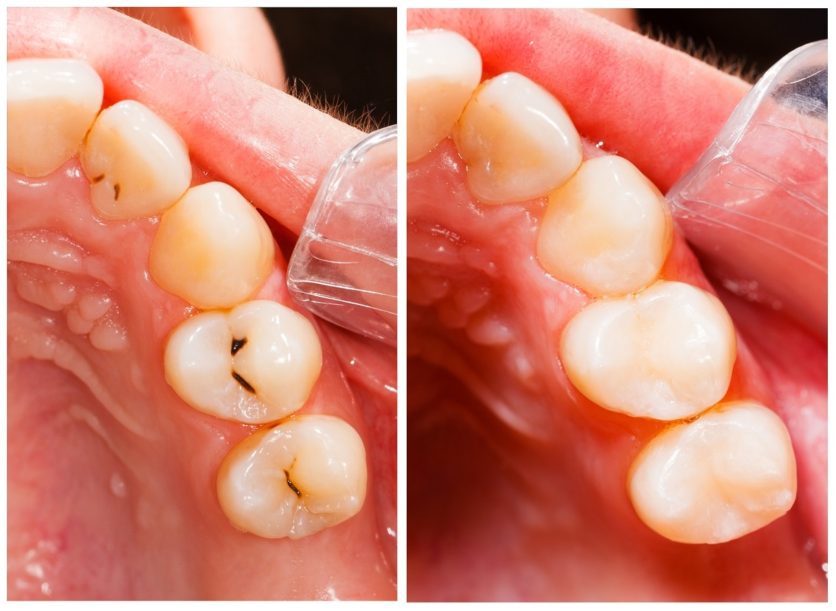
All dental fillings serve a couple basic purposes:
- To restore the structure, function and comfort of a tooth that has been damaged by injury or decay.
- To protect that tooth from further injury or decay.
Dental fillings are a tooth restoration option that works well when the damage caused by injury or decay is relatively minor. (For instances where damage is more significant, other restoration procedures, such as inlays, onlays or crowns, are recommended.)
The advantages of certain types of dental fillings are most observable when those fillings are used to address specific situations. The same way a band aid can help prevent infection in a small scrape but would do little to resolve a broken bone. A filling may be appropriate in some situations but can do little to resolve weakened structure or function. It is therefore useful to understand the different types of dental fillings, along with their strengths and weaknesses.
About Composite Fillings
Composite fillings are made of ceramic and plastic. They may be an appropriate option if you have minor issues with:
- Chipped teeth,
- Gaps between teeth,
- Cracked or broken teeth,
- Decayed teeth,
- Worn teeth.
Being the most common, composite fillings have a lot of benefits. They can be made to match the color of the individual’s natural tooth, making them essentially undetectable in the mouth. They are durable even when subjected to the constant stress and bite forces of chewing. This makes composite fillings a workable option for either front or back teeth. On visible surfaces as well as hidden surfaces. However, there are some potential drawbacks that have to be considered as well.
Potential Drawbacks-
Composite fillings are not quite as durable as amalgam (silver) fillings. This means that they are better used for small to medium-sized fillings and they may need to be replaced more frequently than amalgam fillings. It takes longer to place a composite filling than an amalgam filling. The former needs a completely clean and dry tooth throughout the entire process in order to set properly. Composite fillings are also more expensive than amalgam fillings.
As is the case with other types of fillings, your dentist will remove any decayed or damaged tooth and clean it thoroughly prior to placing the filling. Because removing decay or damage can be uncomfortable or even painful, your dentist will likely recommend the use of a local anesthetic to numb the tooth. They will then place the filling, shaping and polishing it so as to restore the normal, optimal structure and function of your tooth.
You should be able to speak and eat normally with a composite filling, though it is not unusual to have some sensitivity to hot and cold foods immediately after the procedure. Given a little time, the filling will acclimate and you should not experience any further discomfort.
The Bottom Line
Once again, the end goal of any filling is to help restore a tooth’s structure, function and comfort, and reduce or even eliminate the chance of further decay or infection. A composite filling can be appealing because of its aesthetic benefits and its durability, but your dentist will want to be absolutely sure that this is the absolute best tooth restoration option for your needs.
For more information about composite fillings, Contact Todays Dental Now.
